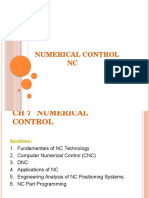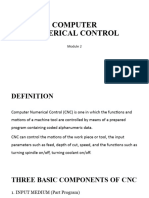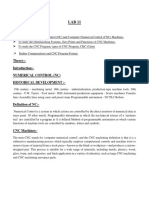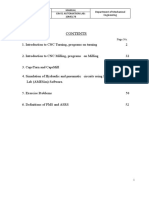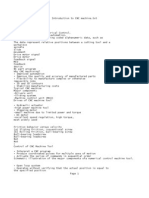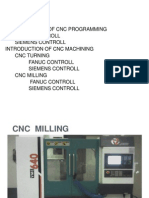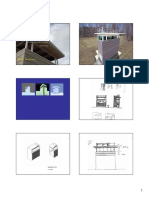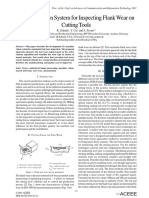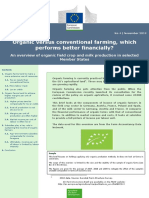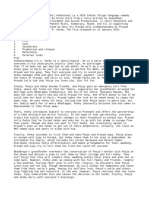0% found this document useful (0 votes)
71 views25 pagesCNC Programming Essentials
This document discusses numerical control and computer numerical control for machining. It defines numerical control as using numbers, letters and symbols to program automated processing equipment. Computer numerical control adds a microcomputer to control the numerical control functions for improved accuracy, repeatability and programming. The document outlines how CNC works using controllers and motion control systems, and explains programming languages and methods used for numerical control.
Uploaded by
RaghuCopyright
© © All Rights Reserved
We take content rights seriously. If you suspect this is your content, claim it here.
Available Formats
Download as PDF, TXT or read online on Scribd
0% found this document useful (0 votes)
71 views25 pagesCNC Programming Essentials
This document discusses numerical control and computer numerical control for machining. It defines numerical control as using numbers, letters and symbols to program automated processing equipment. Computer numerical control adds a microcomputer to control the numerical control functions for improved accuracy, repeatability and programming. The document outlines how CNC works using controllers and motion control systems, and explains programming languages and methods used for numerical control.
Uploaded by
RaghuCopyright
© © All Rights Reserved
We take content rights seriously. If you suspect this is your content, claim it here.
Available Formats
Download as PDF, TXT or read online on Scribd
/ 25






















